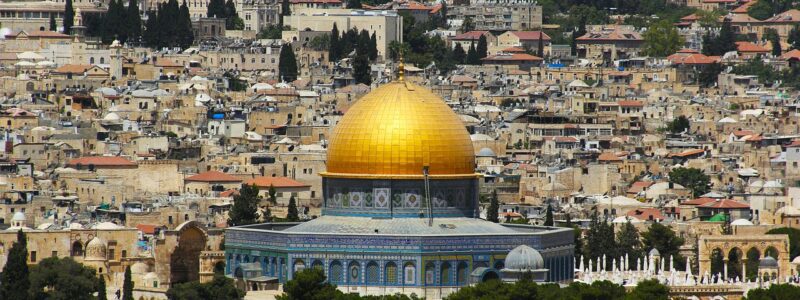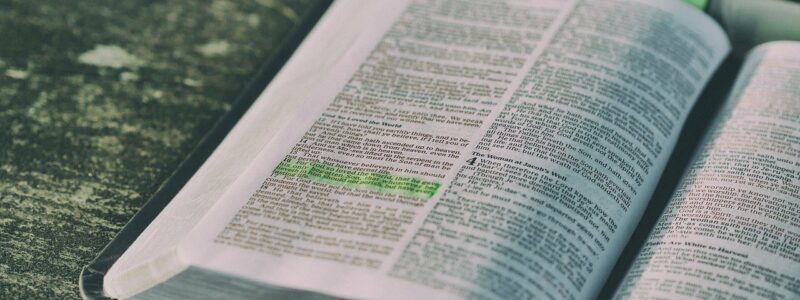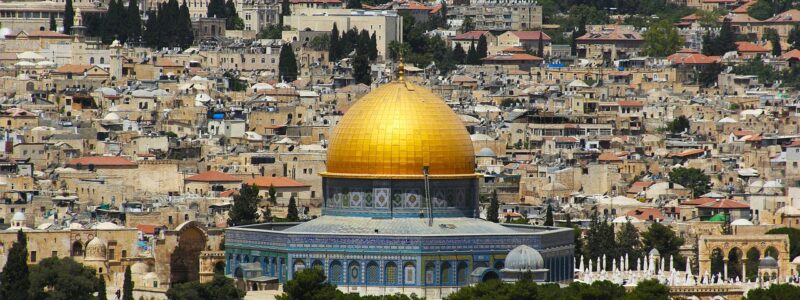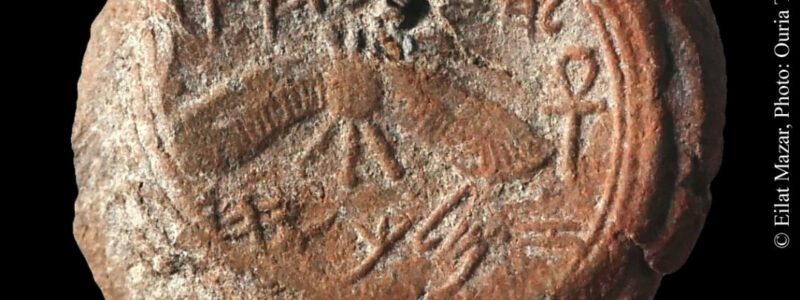Historicity of King Hezekiah
Confirmation of the existence of the ancient Biblical King Hezekiah has been found. This discovery has been called “one of the most important archaeological discoveries in Israel of all time.”
This discovery shows five monumental, new royal inscriptions describing King Hezekiah of Judah, which include dozens of lines and hundreds of letters. These inscriptions have now been deciphered.
King Hezekiah Inscriptions
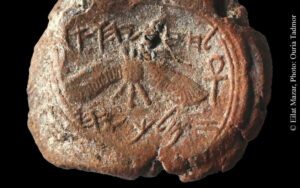 Gershon Galil, a former chairman of the University of Haifa, said the inscriptions mention the name of Hezekiah and document some of the major events during the first seventeen years of his reign. These events include the water project (cutting of the Siloam Tunnel and pool), ritual reform, the conquest of Philistia, and the accumulation of property.
Gershon Galil, a former chairman of the University of Haifa, said the inscriptions mention the name of Hezekiah and document some of the major events during the first seventeen years of his reign. These events include the water project (cutting of the Siloam Tunnel and pool), ritual reform, the conquest of Philistia, and the accumulation of property.
The inscriptions also add to our knowledge. They include the exact date the water project was completed (2 Tammuz in the 17th year of Hezekiah’s reign – meaning 709 BC. Galil notes,
These are the most complete royal inscriptions we have, and they are further evidence that the kinds of Israel and Judah wrote royal inscriptions that indicated their name and deeds.
Translation of the Inscription
One of the inscriptions concerning the water project is translated as follows,
Hezekiah, the son of Ahaz, king of Judah,
made the pool and the conduit
in the seventeenth year, in the second (day), in the fourth (month)
of king Hezekiah, the King brought
The water into the city by a tunnel, the kind led
the water into the pool. He smote the Philistines
from Ekron to Gaza and placed there the OREB unit of
the army of Judah. He broke the images and broke in ‘pieces’ the Nehu’sh’tan
and he removed the high ‘places and’ cut down the Asherah. Hezekiah the king,
accumulated in all his treasure houses and in the house of YWWH
a lot of silver and gold, perfumes, and good ointment.
Inscription and Scripture

Jerusalem
Not only does the inscription confirm the historicity of King Hezekiah and the Scripture, it quotes from Scripture. For example, the inscription notes, “Hezekiah son of Ahaz, King of Judah,” “Make the pool and he conduit,” “brought … the water into the city, ” ” broke the images and broke in pieces the … Nehushtan and he removed the high places and cut down the Asherah … in all his treasure houses and the house of YHWH, silver … and gold, perfumes, and good ointment.” (2 Kings 18:1,4 and 9, 20: 13, 20).
These inscriptions represent some of the oldest manuscripts of the Bible. They predate the Ketef Hinnom silver amulets by about 100 years and the Dead Sea Scrolls by hundreds of years. Galil notes,
These are actually the earliest manuscripts of the Bible. They predate the Ketef Hinnom silver amulets by about 100 years and the Dead Sea Scrolls by hundreds of years. They also support the claim that scriptures in the Book of Kings are based on texts originating from chronicles and royal inscriptions, and that the Bible reflects historical reality and not imagination.
He also notes that,
In these new inscriptions, there are answers to many issues that scholars have debated for years. The inscriptions are evidence that Hezekiah carried out a comprehensive reform (before 709 BCE) and even that he conquered Philistia, especially Ekron, and stationed soldiers there (in 712 BCE), as I argued before, and as pointed out in the ‘Azekah inscription.’ Moreover, Hezekiah is indeed the king who built the pool and the Siloam Tunnel and not others. The term ‘oreb’ is mentioned here for the first time, which until now was known only in its Akkadian form: urbi. Now it is clear that it is derived, as Tadmor claims, from the Hebrew term oreb
Discovery of New Inscriptions
The researchers could show the existence of more inscriptions than had previously been considered. He notes,
It turns out that two more lines are written on the stone [that is now] in Istanbul. Moreover, inside the Siloam Tunnel, another five lines survived, below the place where the inscription was carved by robbers and later transported to Istanbul in a clear frame; the bottom line is 70 cm above the tunnel floor, that is, very close to the water. It now becomes clear that the Siloam inscription … included 13 lines and 428 letters, and not (as previously thought) only six lines and about 200 letters.
Summary
The historicity of Scripture is being proven by archaeology. New findings and re-evaluation of old findings show how Scripture is being confirmed through ancient artifacts.
Even more astounding is how these newly discovered inscriptions quote from Scripture nearly word for word. This gives additional credence that Old Testament Scripture was written in its proper time and not by over-enthusiastic scribes from hundreds of years later.
The Bible becomes alive with these new archaeological findings that further establish the historicity of what is written within the pages of ancient Scrupture.

